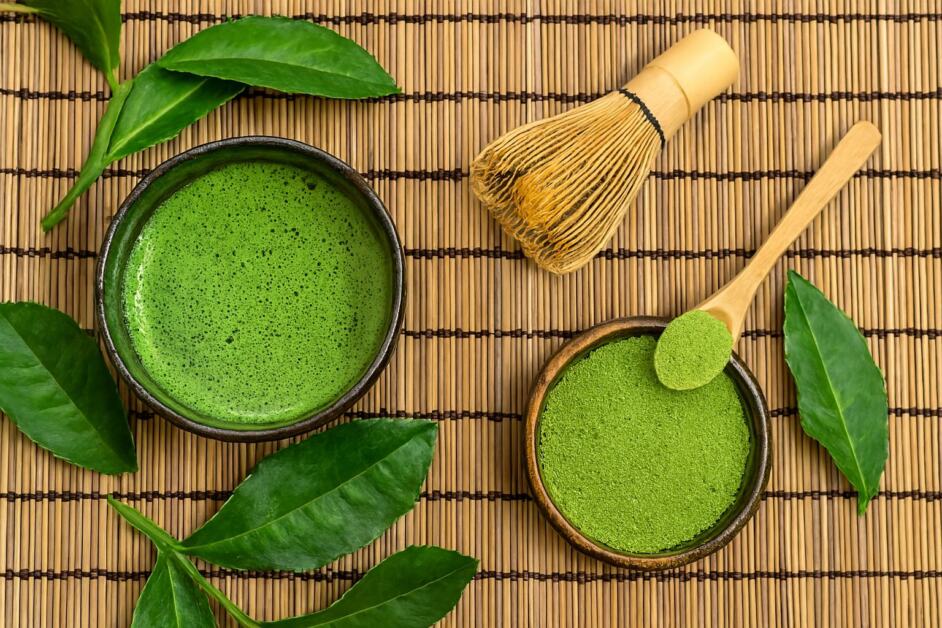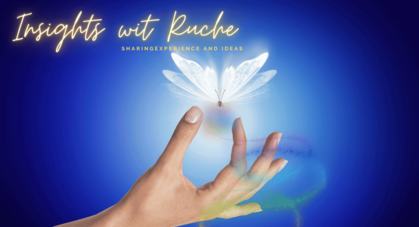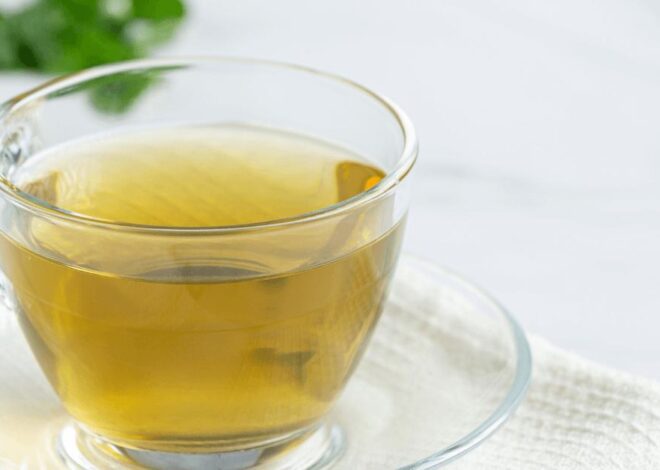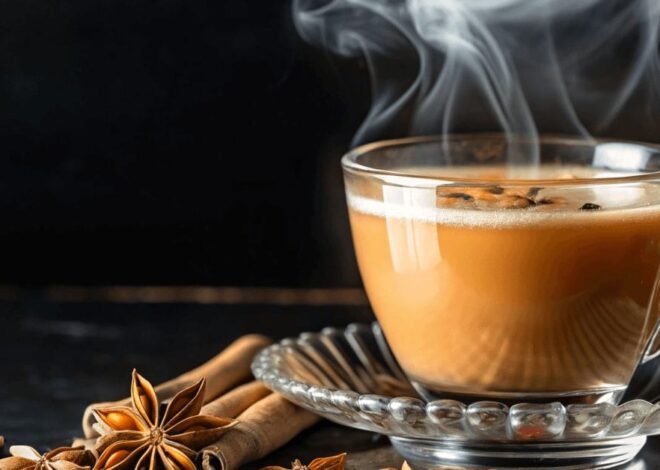
Authentic Matcha Guide: How to Choose the Best Matcha
What is Matcha Tea & Where did it come from?
Matcha is a vibrant green tea powder made by stone-grinding specially grown and processed green tea leaves. These leaves are cultivated under shade for about three weeks before harvest, which boosts their chlorophyll content and enhances their amino acid profile, especially L-theanine. This shading technique also gives matcha its signature bright green color and smooth, umami-rich flavor.
Originating in Japan, it was introduced by Buddhist monk Eisai in the 12th century, who brought tea seeds from China and promoted its use for meditation and alertness. Unlike steeped green tea, it is consumed whole, meaning you ingest the entire leaf in powdered form, maximizing its antioxidant and nutrient intake.
It became central to the Japanese tea ceremony, symbolizing mindfulness, purity, and respect. Today, it is revered globally for its health benefits and versatility, from traditional tea bowls to lattes, smoothies, and desserts. Its unique cultivation and preparation methods make it one of the most nutrient-dense teas in the world.
How to Identify the Best Quality Matcha
High-quality matcha is ceremonial grade, meant for drinking rather than cooking. Here’s how to spot it:
-
- Color: Top-grade matcha boasts a bright, almost neon-green hue, thanks to the high chlorophyll content of shade-grown leaves. A dull, yellowish, or brownish tint indicates lower quality or oxidation. The vivid green also reflects the presence of L-theanine and catechins,key nutrients in matcha.
- Texture: Premium matcha is stone-ground into an ultra-fine powder that feels smooth and soft to the touch. It should glide between your fingers without any grittiness. Coarser textures often signal poor processing or culinary-grade matcha meant for baking.
- Taste: Ceremonial matcha has a naturally sweet, mellow flavor with a creamy, umami depth. It should never taste overly bitter or grassy. This refined taste comes from the tender top leaves, harvested during the first flush of spring.
- Origin: Grown in Japan (Uji, Nishio, Shizuoka): Authentic ceremonial matcha is almost exclusively grown in Japan, where centuries-old cultivation methods are still followed. Regions like Uji (Kyoto), Nishio (Aichi), and Shizuoka are renowned for producing the finest matcha, thanks to ideal soil, climate, and expertise.
- Packaging: Since it is sensitive to light, air, and moisture, it should be stored in opaque, sealed tins or pouches. Transparent or loosely packed containers can degrade the color, flavor, and nutritional value. Always check for freshness dates and resealable packaging.
- Finger Test: Rub a small pinch of matcha between your fingers. High-quality matcha will feel smooth and silky, almost like eye shadow. If it feels coarse or sandy, it is likely a lower grade or improperly milled.
Key Things to look for when buying Authentic Matcha
-
- Grade: Grade indicates intended use and leaf selection. Ceremonial matcha is made from the youngest, tender top leaves and is milled and handled for drinking straight. Culinary matcha uses slightly older leaves and is blended or processed for stability when mixed into recipes. It emphasizes delicate sweetness, umami, and a fine, silky mouthfeel that froths well. It is bolder and more bitter to stand up to milk, sugar, or baking. Pick ceremonial for pure whisked tea and mindful tasting. Choose high-quality culinary for lattes, smoothies, ice cream, and baked goods to avoid wasting premium leaf on heat or strong flavors.
- Origin: Geographic region influences cultivar, soil, climate, and traditional cultivation practices, which shape aroma, color, and umami. Uji (Kyoto), Nishio (Aichi), Kagoshima, and Yame (Fukuoka) are respected producers, each with distinct profiles; Uji and Nishio are frequently cited for high-quality ceremonial and specialty matcha. Prefer matcha explicitly sourced from Japan and look for brands that name the prefecture or farm rather than vague “product of Asia” labels.
- Harvest: The spring first flush (often called ichibancha or shincha when very fresh) uses leaves that developed from nutrients stored over winter. These young shoots have higher chlorophyll, elevated L-theanine, and a naturally sweeter, umami-rich profile. First-harvested typically shows brighter color, smoother taste, and commands a premium because the harvest window is short and yields are limited. Later flushes are fine for culinary uses or budget options. They are often stronger and more vegetal but lack the delicate sweetness of first-harvest leaves.
- Processing: Traditional stone grinding (granite mill) turns tencha into matcha slowly, at low heat, preserving volatile aromatics, vibrant color, and delicate mouthfeel. It produces a texture that whisks into a creamy froth and maintains more of the tea’s subtle compound. Machine milling can produce very fine powder quickly, but may generate heat or static that affect aroma and nutrient retention. Authentic small-batch stone-ground matcha is more labour-intensive and often indicates artisanal care. Terms like “stone-ground” or descriptions of small-batch or artisan milling are positive signs.
- Certifications: Organic certification reduces the risk of synthetic pesticide and fertilizer residues, which is important for a powder you ingest whole. Non-GMO labels confirm seed/plant breeding status for consumers who prefer that assurance. Shade-growing (covered for several weeks before harvest) boosts chlorophyll and L-theanine, producing the deeper green color and sweeter umami profile associated with premium matcha. Some labels state “shade-grown” or describe the pre-harvest shading process. Look for third-party testing for heavy metals, radiation (where relevant), and food-safety certifications.
Health Benefits of Matcha Tea
It is a powerhouse of antioxidants.Regular consumption may:
-
- Boost metabolism and aid weight loss.
- Enhance focus and calm.
- Support heart health and lower cholesterol.
- Improve skin health and detoxification.
- Strengthen immunity
Best Time to Consume Matcha
-
- Morning: A cup of matcha delivers steady caffeine plus L-theanine for focused, calm alertness, making it an excellent coffee alternative that avoids the sharp crash.
- Pre-workout: Consuming matcha 30–60 minutes before exercise can boost endurance and promote fat oxidation.
- Midday: A small matcha serving restores mental clarity and energy without the jittery spike common with coffee, helping you push through the afternoon slump.
- Evening: Avoid late-evening matcha because its caffeine can disrupt sleep and reduce sleep quality even if it feels mild during consumption.
How to make Matcha at Home
Traditional Method:
-
- Sift 1 tsp matcha into a bowl.
- Add 2 oz hot water (not boiling,around 80°C)
- Whisk vigorously in a zigzag motion using a bamboo whisk (chasen) until frothy.
Quick Latte: Blend matcha with warm milk (dairy or plant-based) and a touch of honey or vanilla
Fun & Fascinating Matcha Facts:
-
- Samurai warriors drank matcha before battle to be calm and alert.
- It contains 137 times more antioxidants than regular green tea.
- It is used in everything from lattes and smoothies to cakes and skincare.
- The Japanese tea ceremony (chanoyu) revolves around matcha preparation.
Conclusion
Matcha is more than a trendy drink; it’s a centuries-old ritual packed with wellness and flavor. Whether you are sipping it for health, mindfulness, or culinary delight, choosing authentic, high-quality matcha makes all the difference. So go ahead, whisk up a bowl and savor the green magic.



